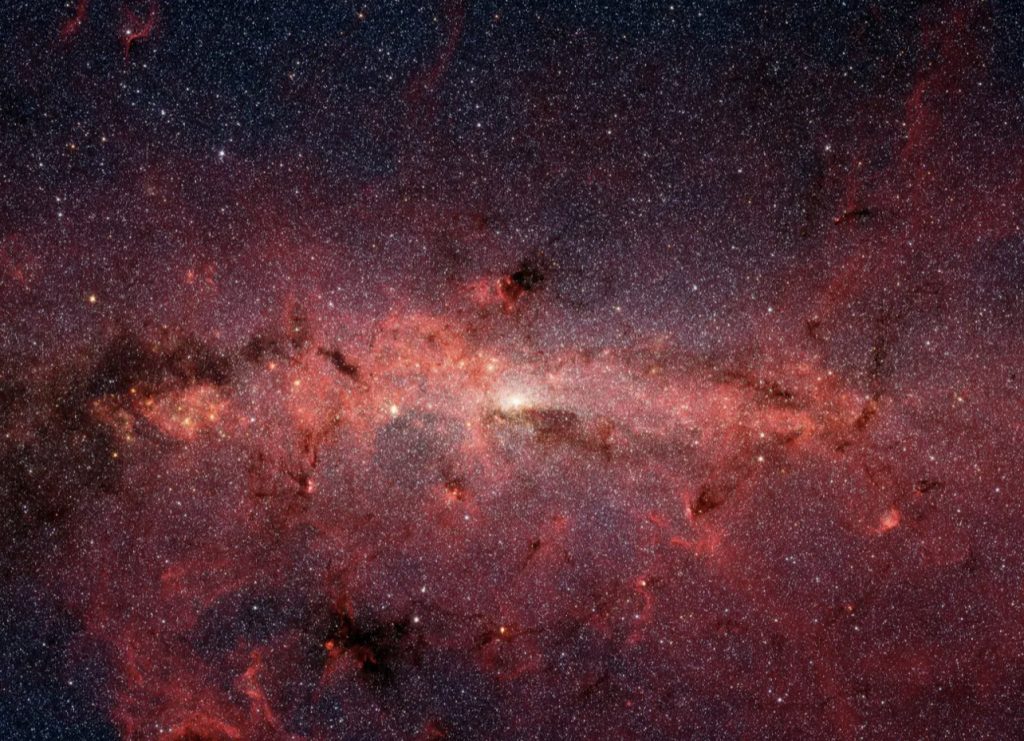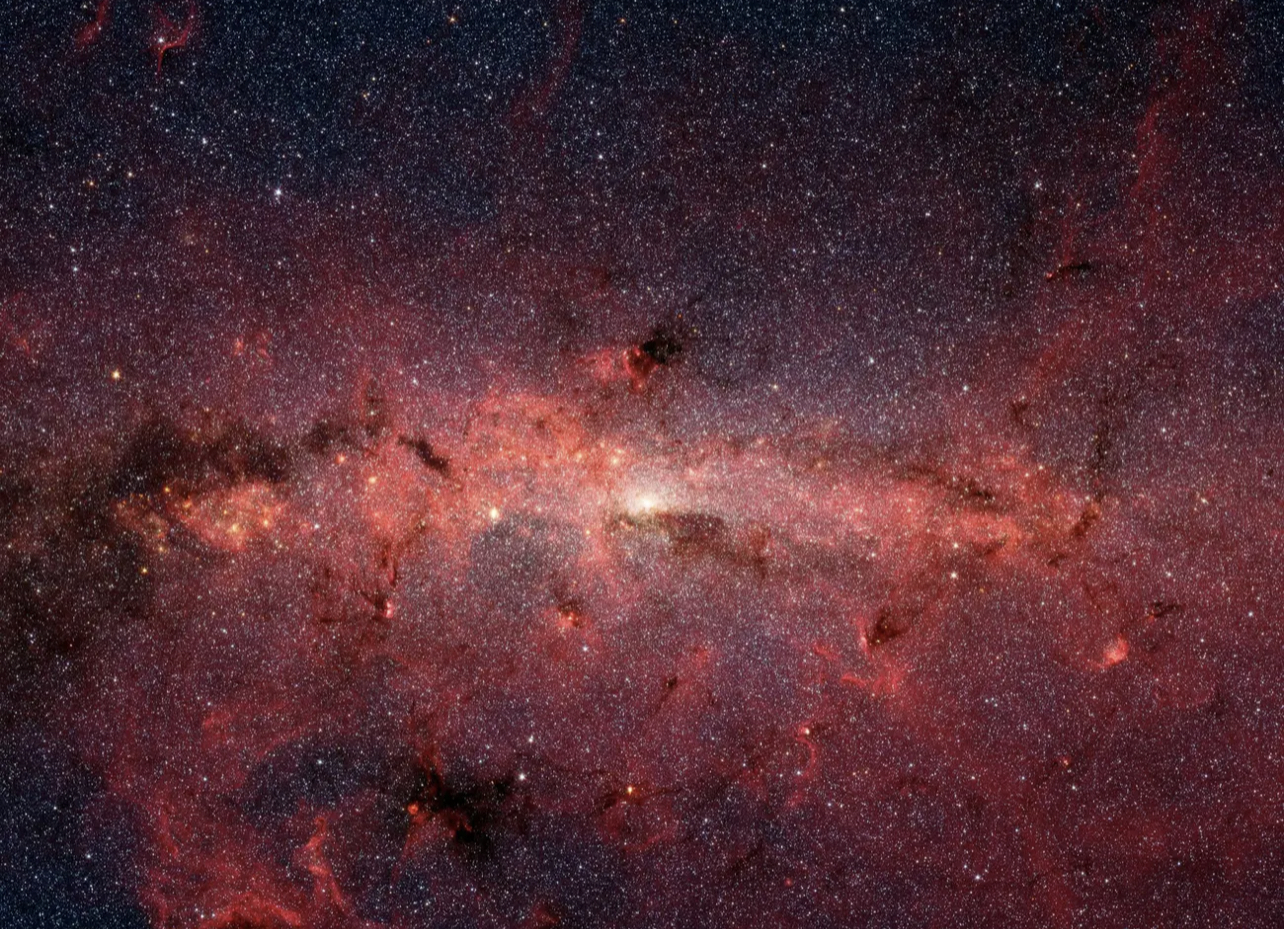Writing about science, particularly complex breakthroughs in areas barely covered in secondary school, can be a challenge, one that I describe as being little like walking a tight rope.
Often the story will come from a dense research paper, written by a scientist who is so passionate about their work it is difficult to get them to explain what they mean in simple terms — so you have to interpret and re-word.
However, this causes problems. You have to word it in such a way that it is understandable to an audience that may have slept through GCSE science, while also not distorting the research by over simplifying it.
Cosmology and astrophysics are two topics very difficult to cover, as is the latest research in quantum computing and health — which is why I use a lot of fact boxes in my work, to break down complex topics into more detail.

An example of a complex study I recently covered explored an unusual, and previously unconfirmed but theorised type of supernova.
There are two ‘main’ types of nova — those that form as a result of a white dwarf star pulling matter from another star in a binary pairing, and a type that comes from the explosion of the iron core of a massive red giant.
They found this ‘third’ type happen when a particular type of star stop fusion at the point their cores are made of oxygen, neon and magnesium — this happens as they aren’t massive enough to create iron.
You can read my take on the story here, and the original research paper here.

I always make a point of including a link to the research paper, as there will be people who want to verify what I’ve written or just explore it in more detail.
These complex scientific breakthrough stories, and anything from a research paper, take considerably longer to write than say a quick hit on a new Apple rumour or a story about a supermoon.
The pure science stories also rarely do particularly well, in comparison to the quick hit stories — or even a piece on an impending asteroid that won’t come anywhere near the Earth. But they are well worth covering.
This is because they bring the true fantastical nature of our Universe to more people, including those who slept through double physics when they were 15.

I’ve been a journalist for a long time, but didn’t move into science and technology reporting until November 2019 — just before Covid broke and spread around the world.
In fact a large part of my first year as a science reporter involved covering various studies on the effectiveness of masks, how far droplets can spread under various circumstances and how close is too close to social distance.
I got into journalism the old fashioned way, from the ground up and worked my way up the ranks — coming in just before it would have been impossible to even get an entry level job without a degree -it is much harder today.
The lack of a degree did limit my ability to move on, so I played up to my fascination with STEM subjects and began an OU degree into Combined STEM — specialising in Astronomy and Planetary Science.
This led to me getting my first job as a science reporter, and has helped when it comes to wading through five or six dense research papers a day looking for that golden line that helps me weave the invisible tightrope.


No responses yet